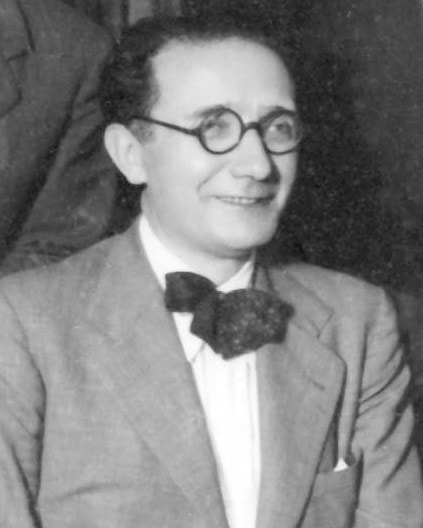Galicia in Exile - "The Long Night of Stone"

The Spanish Civil War accelerated a exodus out of rural Galicia that had been going on for decades. Many of the scholars of the Galician intelligentsia either died in the war, fled the region, or went into hiding, and the Galeguismo movement was severely undermined by anti-autonomy Francoist policies [Healy, 2013: 114-115]. This period of history became known as the “Long Night of Stone”, alluding to a book by Celso Emilio Ferrerro, which reflects the silence and repression under which the language fell [Consello da Cultura Galega, n.d.]. While the use of Galician was not completely restricted - and its use continues as an oral language in rural areas – the use of Castilian was enforced in education and media. In urban areas, interaction between the two languages and increased pressure for national unity set back efforts for continued growth of Galician language and culture, placing its advocates at odds with the Francoist government. These individuals, who were largely exiles, went to places throughout Central and South America, particularly Buenos Aires, and formed diasporic communities where they promoted the use of Galician, including in written form [Xunta de Galicia, n.d.; Consello da Cultura Galega, n.d.].
By the early 1950s, however, renewed linguistic permissiveness and the relaxation of the Francoist regime’s language policies had allowed Galician to prosper in its native region once again. Editorial Galaxia, a still operating Galician printing house, opened its doors in 1950, helping to begin a process that allowed Galician to once again join the mainstream [D’Emilio, 2015: 914-15; Warf & Ferras, 2015].